Some St. Louis New Play Festivals
Another important new play festival is the Aphra Behn Festival at Slightly Askew Theatre Ensemble (SATE). If the St. Louis Shakespeare Festival is a giant oak acting as a hub of resources, SATE is a large dogwood providing support to many saplings. SATE began in 2001 as a company dedicated to supporting women theatre artists. According to SATE co-producers Ellie Schwetye and Rachel Tibbets, “If we’re not seeing ourselves authentically portrayed onstage, we can be the agents of change.” The Aphra Behn Festival began in 2017 to provide early-career women directors an opportunity. Schwetye and Tibbets say, “We did not necessarily intend for it to become a new play festival… however, logistically, it made a lot of sense to pair new writers and new directors together.” In the fifth festival iteration, SATE paired women theatre artists further in their careers with early-career artists. Crucially, the festival is not comprised of readings at music stands. These are produced plays, so this is not a development process, but a production process. The connections made at this festival lead to further collaborations, sometimes simply between spectators and artists. For example, I first saw the work of playwright/dramaturg/producer e.k. doolin at an Aphra Behn Festival, and doolin is now the associate artist and co-producer at Contraband Theatre. We might not have met without the Aphra Behn Festival connection.
Another new play festival in St. Louis that fully stages works, though not necessarily from local writers, is Tesseract Theatre’s Summer New Play Festival. Staged over three weekends, this festival of new works from emerging writers seeks to fill gaps in the theatre canon. For instance, in 2019 Tesseract produced Earworm by Shualee Cook, which Tesseract’s then artistic director Taylor Gruenloh describes as a “witty trans comedy,” that was a reaction to being “tired of the trauma” in most plays that center trans characters. Shortly after, Cook was named to the first cohort of the Confluence Writers Project, again showing the interconnectedness of the new play community.
Finally, the MFA playwriting program at SIU in Carbondale also has an annual new play festival. The two-hour drive between Carbondale and St. Louis means that material resources are not shared between the university’s School of Theater and Dance and St. Louis companies. However, many SIU playwrights contribute their work to the St. Louis ecosystem. For instance, three of the fifteen Confluence Writers Fellows have been graduate students from SIU—Myah Gary, e.k. doolin, and Cameron Noel—and the 2022 Confluence Festival also hosted a reading of the thesis play by graduating MFA playwright Pearl Moore. So the SIU MFA playwriting program provides local playwriting training which then helps the St. Louis ecosystem flourish.
St. Louis is on an upswing for providing the arts—including new plays—necessary infrastructure, and the interconnectedness of theatre venues in the Grand Center Arts District helps the new play ecosystem.
Venues, Human Connections, and Resources: Cross-Collaboration
Another aspect of the healthy new play ecosystem of St. Louis is the sharing of tangible production resources that allows new plays to be produced outside of festivals. One of those resources is collaborative rather than competitive venue space, particularly in the Grand Center Arts District.
The Grand Center Arts District is a half-mile radius neighborhood that is an arts crossroads. The Grand Center Arts District website lists “60+ Arts & Cultural Organizations, 16 theatres, 17 museums/galleries, 10 music venues, 18 event space rentals, 22 bars/restaurants, 8 schools/universities, [and] 4 religious institutions.” In June 2023, Forbes Magazine called the Grant Center Arts District “the most exciting emerging arts district in America” and the 2023 Arts Vibrancy Index by SMU Data Arts ranks St. Louis twentieth in the nation. Outside the arts, Popular Mechanics named St. Louis the number one city for startups, meaning the city is attracting the type of educated, monied folks who are often audience and donors for the arts. In short, St. Louis is on an upswing for providing the arts—including new plays—necessary infrastructure, and the interconnectedness of theatre venues in the Grand Center Arts District helps the new play ecosystem.
Space to perform is one of the most important, and often most crowded, pieces of infrastructure in a city. The Grand Center Arts District contains several spaces, all of which have resident companies that produce new works. Those venues offer cross-marketing opportunities such as posters with one-another’s seasons in the spaces. Plus, all are in an arts neighborhood with heavy foot traffic. For instance, the Grand Center Arts District is home to the young-audience-focused Metro Theatre that creates new work, such as Spells of the Sea, a new young adult musical. Metro Theatre is very close to the home offices of the St. Louis Shakespeare Festival, so a family seeing a show at Metro might see advertising for the new plays offered by the Shakespeare Festival.
Additionally, the Shakespeare Festival has offices, shops, and rehearsal spaces that are available to rent and are sometimes donated for staged readings, performances, and rehearsals, furthering collaboration. Also using some of the Shakespeare Festival resources is Prison Performing Arts. For two decades, Prison Performing Arts has served incarcerated men, women, and youth throughout the St. Louis region, including facilitating the creation of original plays. In fact, through the Alumni Theatre Company, Prison Performing Arts often presents those works—or works developed in St. Louis—to the public. Most recently the Alumni Theatre Company produced The Privilege of Being Second by Eric Satterfield and David Nonemaker which in 2024 was nominated for Outstanding New Play by the St. Louis Theater Circle. Prison Performing Arts most recently performed in the Shakespeare Festival rehearsal space, but it more often performs at the Chapel, a space outside of the Grand Center and another hub of new play collaboration.

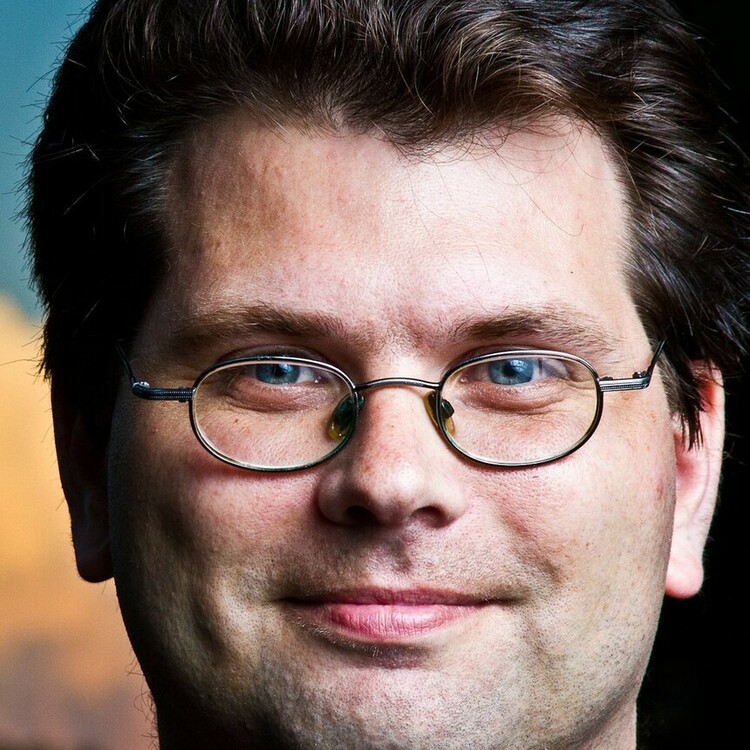
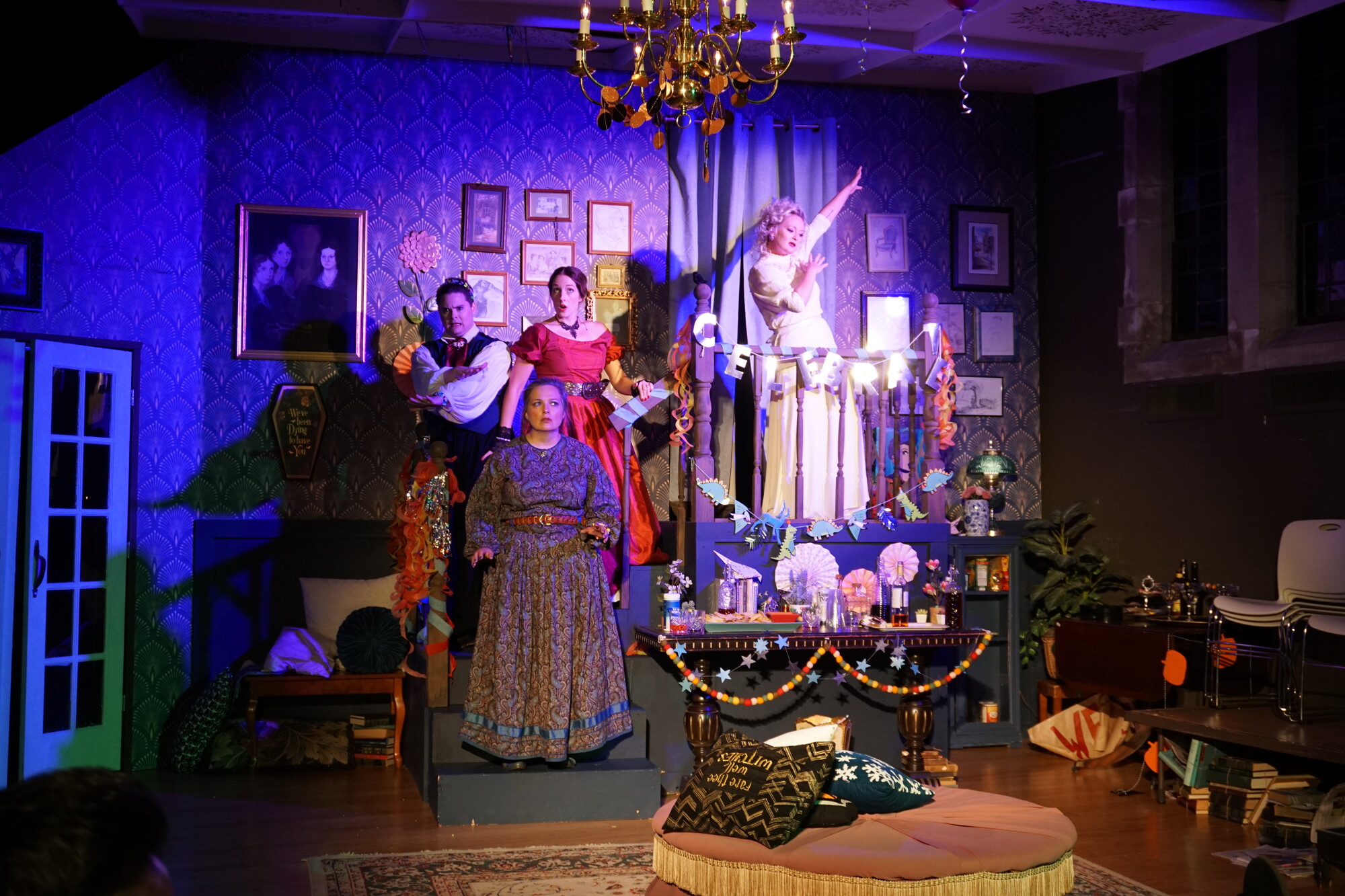
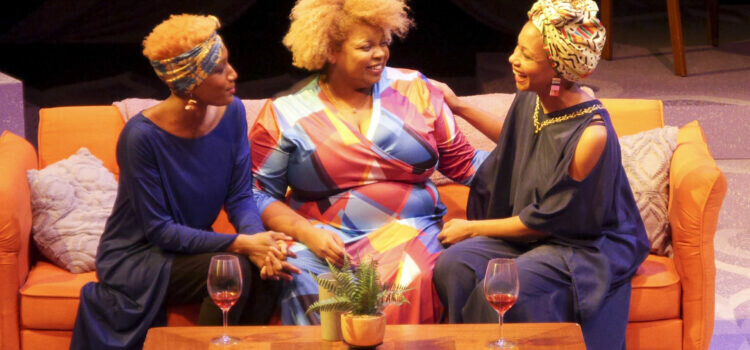
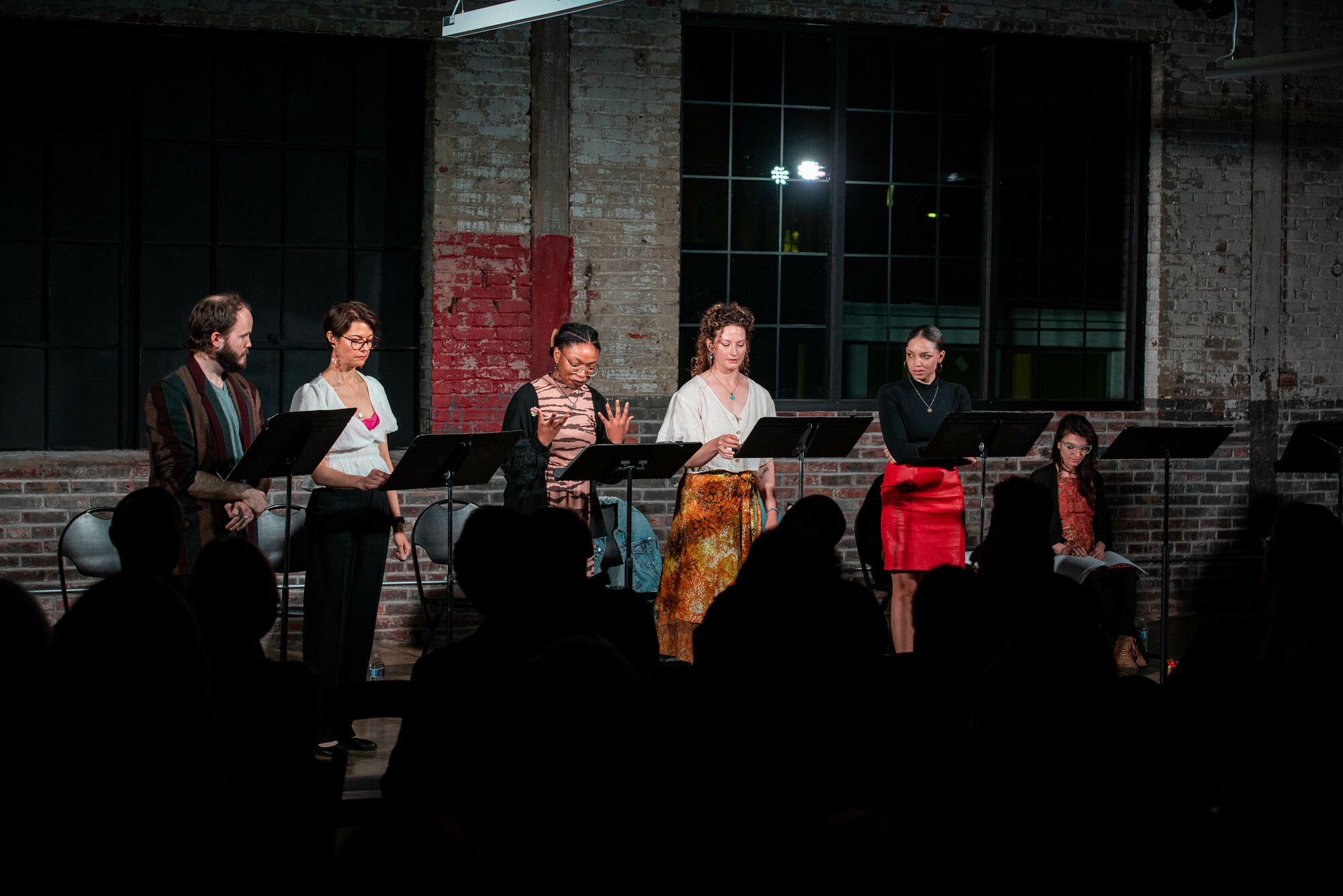
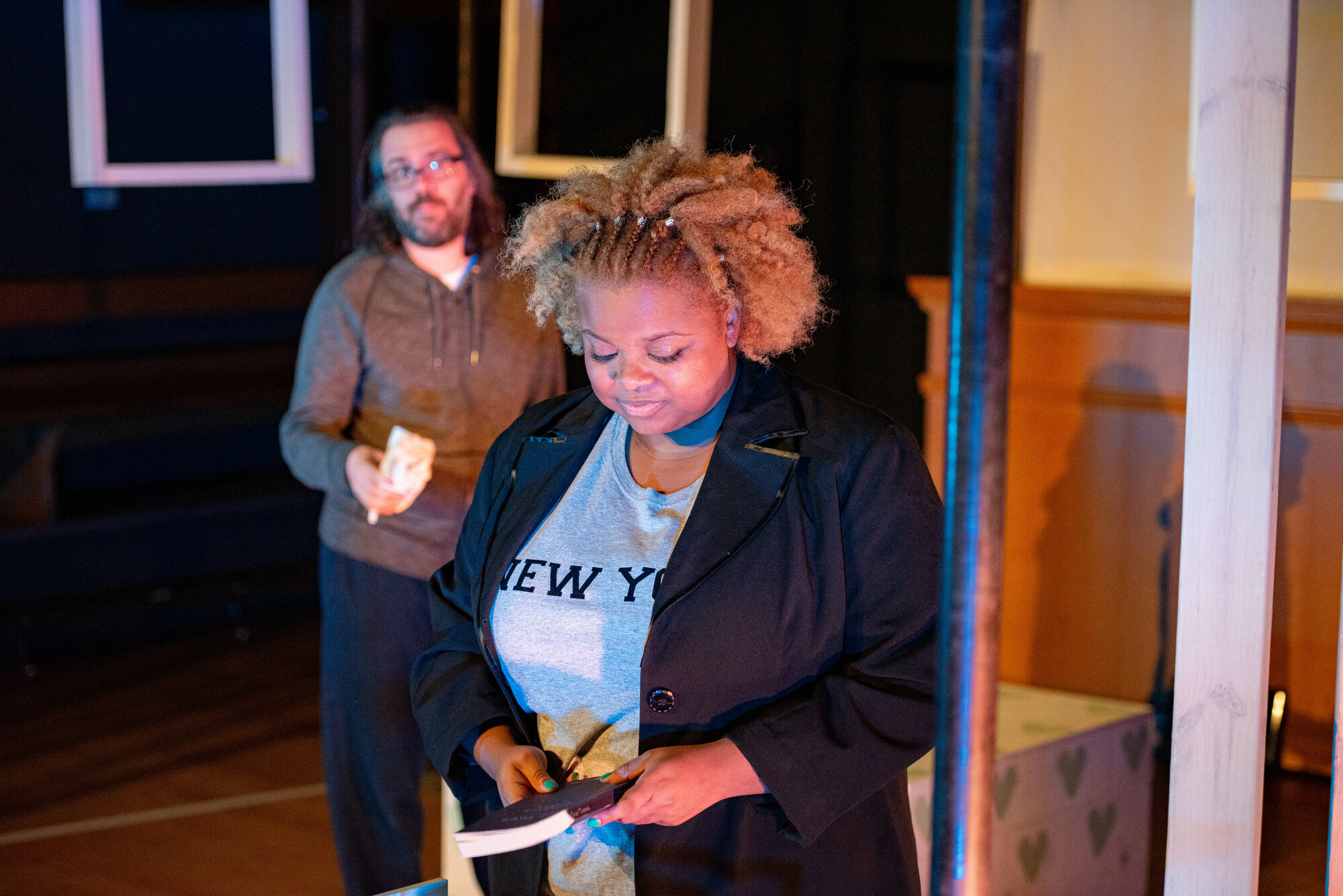
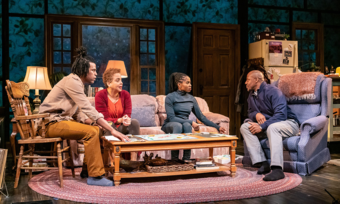



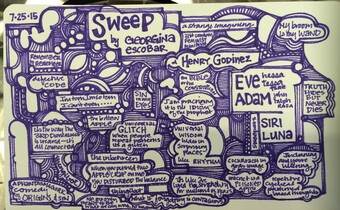

Comments
The article is just the start of the conversation—we want to know what you think about this subject, too! HowlRound is a space for knowledge-sharing, and we welcome spirited, thoughtful, and on-topic dialogue. Find our full comments policy here